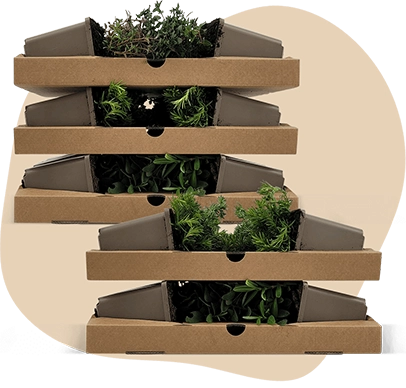Description
Cercis siliquastrum C5 50-60 | Judas tree
The Cercis siliquastrum, commonly known as the Judas tree, is a captivating plant with an upright growth habit. This shrub can reach a height of up to 12 metres and a width of around 10 metres. Its leaves are heart-shaped, green, and smooth to the touch, providing a lush appearance. The Judas tree is not evergreen, shedding its leaves in winter. It is relatively low-maintenance, making it a suitable choice for gardeners. Additionally, the plant produces fruits, adding to its ornamental value. The Cercis siliquastrum is a popular choice for solitary planting in gardens.
Key Plant Characteristics of Cercis siliquastrum
- Cercis siliquastrum blooms in March and April, showcasing pink flowers on bare branches. These flowers are not fragrant but attract bees.
- The ideal location for Cercis siliquastrum is in the sun or partial shade for optimal growth.
- This plant thrives in all soil types, provided the soil is well-drained and airy.
- The bark of Cercis siliquastrum is greyish-brown, and its branches have an upright growth habit.
For those looking to enhance their garden with unique
garden plants, Cercis siliquastrum is an excellent choice.
Application of the Cercis siliquastrum in the Garden
- The Cercis siliquastrum is often used as a striking focal point in gardens due to its upright growth habit and vibrant pink flowers that bloom on bare branches in early spring.
- This plant is winter hardy, tolerating temperatures down to -23.3°C, making it suitable for various climates.
- It combines well with other shrubs and perennials, especially those that thrive in sunny or partially shaded areas.
- The most notable ornamental value of the Cercis siliquastrum is its heart-shaped leaves and beautiful autumn colours, which add interest throughout the seasons.



























